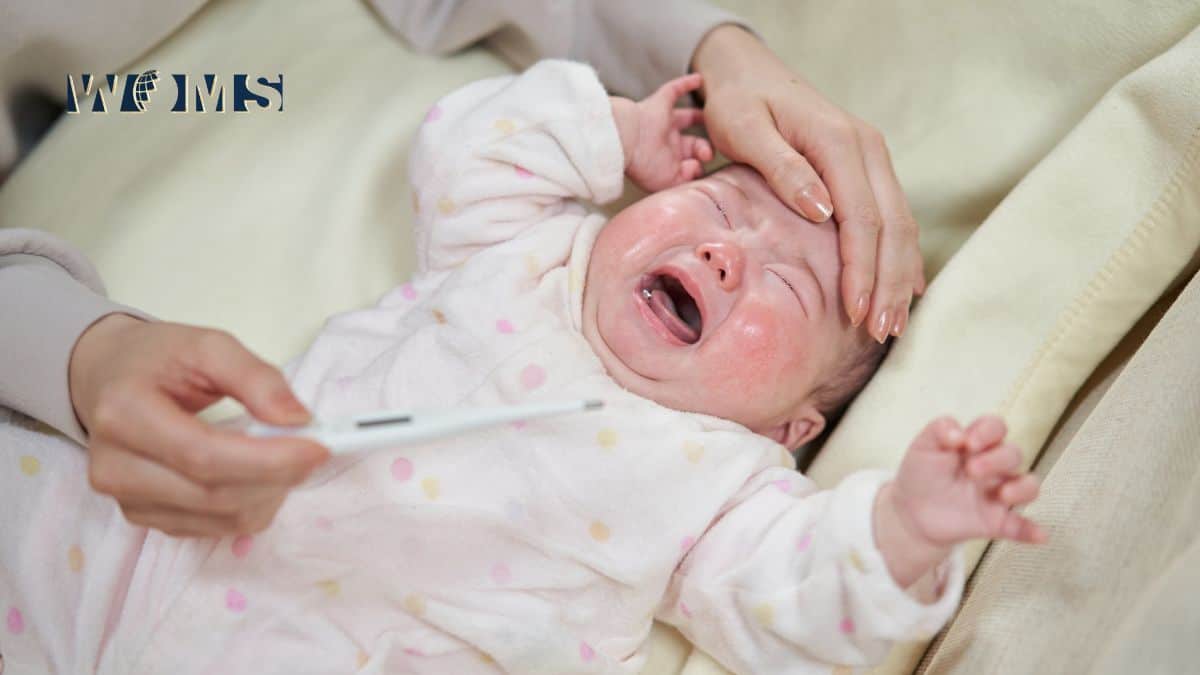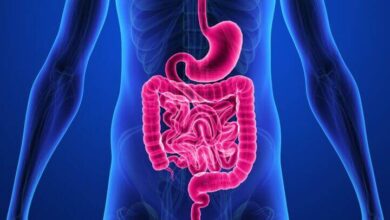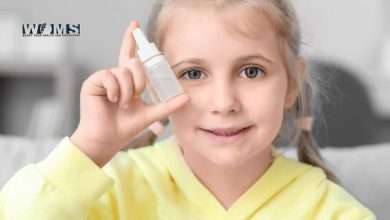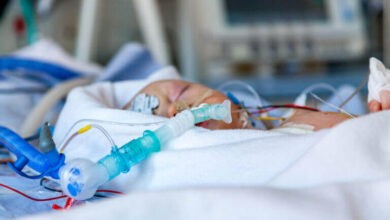Understanding Baby Fever: Symptoms, Causes, and Care

Baby fever is the body’s defensive response against acute infections. It may be a scary condition for the parents specifically when the baby is only a few weeks old. Fever is not bad, but it helps guide you about what’s going on in the body. All babies may get a fever from time to time due to multiple reasons. Parents must be aware of the symptoms and the following treatment to prove immediate baby care.
This article highlights the symptoms and care protocols regarding baby fever. There is no more need to worry about the increased body temperature and underlying causes. Continue reading the article to grab detailed knowledge regarding baby fever.
What is fever?
Generally, fever term is associated with increased body temperature, ranging from 100.4°F or may be higher than this. There are multiple ways to record body temperature, including rectal, armpit, ear, mouth, or forehead. In adults, there is a well-balanced thermostat system to properly regulate the body temperature.
In cold weather, we shiver and thermoregulators in our skin manage to raise the body temperature of the main organs. Whereas, in contrast to cold temperatures, during hot weather, we sweat more to lower our body temperature. These mechanisms are not properly developed in newborns. In addition, newborns also lack the fat layers that help in the insulation of the babies. A baby’s thermoregulation system is quite immature to deal with body temperature. Therefore, baby fever may or may not be associated with acute infections or illness.
Fever in babies can be due to multiple reasons that are more serious than only infections.
What are the common causes of baby fever?
Baby fever itself is not a problem. Fever is a symptom of any underlying medical problem. It indicates that your body is fighting against any active infection. Fever in babies usually exhibits whether your baby is suffering from a simple cold or any viral infection. The other less common causes of baby fever include pneumonia, ear infection, or any other bacterial infection.
Baby fever may also be because of the following:
Overdressing
in babies or infants, there may be a raised body temperature because of overdressing or being wrapped in multiple layers of clothes in a hot environment. To prevent overheating, keep your rooms at a normal temperature to avoid any signs of overheating. If you suspect any signs of fever, you must consult your doctor to clear any underlying problems.
Immunizations
babies undergo multiple vaccine shots at different time periods. Babies may get a fever lasting for about a day after getting vaccinated.
Dehydration
dehydration in babies may raise serious concerns regarding increased body temperature. It usually happens after the second or third day of birth. If body fluids are not replaced with feeding, it may induce dehydration and cause serious complications. IV fluids may be needed to deal with such kinds of dehydration.
A baby who is in a teething period may have a slight raise in body temperature. But, this body temperature is not more than 100°F. If the baby’s fever is more than 100°F, don’t delay your doctor’s visit to treat the symptoms.
What are the signs and symptoms associated with baby fever?
As we mentioned earlier, babies have a different mechanism to maintain thermoregulation. For this reason, babies act differently from normal adult people with a fever. Babies may be more lazy and fussy than the usual routine. These are the common symptoms associated with baby fever.
- Sleep disturbance
- Poor eating pattern
- Warm feeling
- Faster breathing
- Flushed skin or cheeks
- Chills or sweating
- Laziness or lack of interest
- Lethargic
- Seizures or convulsions
How can I regularly take my baby’s body temperature?
Depending on your ease, there are different ways to record a baby’s temperature. You can take body temperature through the rectum, mouth, ear, under the arm, or at the temple region. Besides these methods, the American Academy of Pediatrics prefers using digital thermometers to record body temperature for babies. In addition, it is contraindicated to use mercury thermometers for babies because of mercury exposure or poisoning due to breakage.
Rectal thermometers are more accurate in providing exact body temperature for babies. In addition, these thermometers are easy to use for babies.
Properly clean and sanitize the rectal thermometer before using it in the babies. Wash it with soap and water and sanitize or wipe it with alcohol-based products. Lay the baby on its belly or at its back with legs bent toward the chest. Apply petroleum jelly on the thermometer bulb for easy insertion into the rectum without any pain. Hold the thermometer for about 2 minutes until you hear the beep sound. Gently take the thermometer out from the rectum and note the body temperature. Disinfect the thermometer with rubbing alcohol or any antiseptic solution.
What are the general precautions to follow at home?
Fever may be a scary situation for some parents due to the sudden onset of seizures in babies. These febrile seizures go away rapidly after the onset. It doesn’t mean that your baby is having epilepsy. These seizures are mainly because of increased body temperature. These are the basic steps to follow at home to lower the baby’s fever. Give these points a look to avoid any serious complications.
- Bathe your baby with a lukewarm to lower the body temperature. Do not use cold water or alcohol to bathe your baby as these may induce a shivering mechanism and ultimately lead to increased body temperature.
- Make sure your baby is in a lightweight and comfortable dress.
- Maintain the fluid levels of your baby to prevent any kind of dehydration.
- Never give aspirin-based medicines to treat baby fever. Aspirin is associated with Reye’s syndrome and may be fatal for children.
- You can go for ibuprofen or acetaminophen-based formulas to treat baby fever. Acetaminophen should not be indicated in infants of less than 3 months of age. Whereas, ibuprofen is indicated for children greater than 6 months of age. Properly follows the instructions on the package for the doses. Do not exceed the normal dose for babies with fever.
When is there a need to call a doctor?
If the baby’s temperature is not lowering even after following the basic protocols, there is a need to visit a doctor immediately to get treated. Here is a list of symptoms regarding baby fever. If your baby is having one or more than one of these symptoms, call your doctor immediately.
- Your baby is under 3 months of age and has a fever. If your baby is below 2 months and has a fever, it is a medical emergency to get treated immediately.
- Your baby is lethargic or non-responsive to general commands.
- Your baby is having problems with breathing or eating.
- Your baby is behaving fussier and becoming more difficult to calm down.
- Your baby is developing a rash on the body.
- Your baby is showing signs of dehydration like decreased urination, dry mouth, crying without tears, or a sunken soft spot on the forehead.
- Your baby is having seizures.
What are the common medications available to treat a baby’s fever?
Acetaminophen and ibuprofen are available over-the-counter to treat baby fever. Besides them, there are baby sheets to treat baby fever, named bye bye fever.
Baby bye bye fever
Baby bye bye fever is a plaster used to relieve the symptoms of fever, toothache, and headache. It provides a continuous cooling effect for about 10 hours. It is indicated to use after every 10 hours because of its effects lasting for 10 hours. It is mainly purposed for external use. Stop using these strips if the baby is having rash or redness on the skin. The side effects of this baby bye bye fever include allergic reactions and irritation on the skin.
Conclusion
Baby fever is a defensive response to the infectious agents present in the body. Fever may present itself in the form of multiple signs and symptoms. You may manage slight baby fever at home by following the basic precautions mentioned above. In severe cases, it is recommended to visit your nearby physician to treat baby fever. Babies with fever may come back to the normal routine after a few days.
Besides the precautions, there are different medicines available to treat baby fever. Moreover, baby bye bye fever plaster is also used to provide a cooling effect and lower the body temperature.
Frequently asked questions (FAQs)
At which temperature, it is considered a baby fever?
A baby’s normal temperature ranges between 97 to 100.3°F. A temperature above this range is considered a fever. Most doctors consider a rectal temperature of 100. 4°F or more than that as a fever.
For how long, baby fever lasts?
Fever is a response to any infection. As the infection settles down, symptoms get relieved. It may take a couple of days to heal from a fever. If your baby is having a fever for about four days, consider visiting your doctor for immediate medical care.




